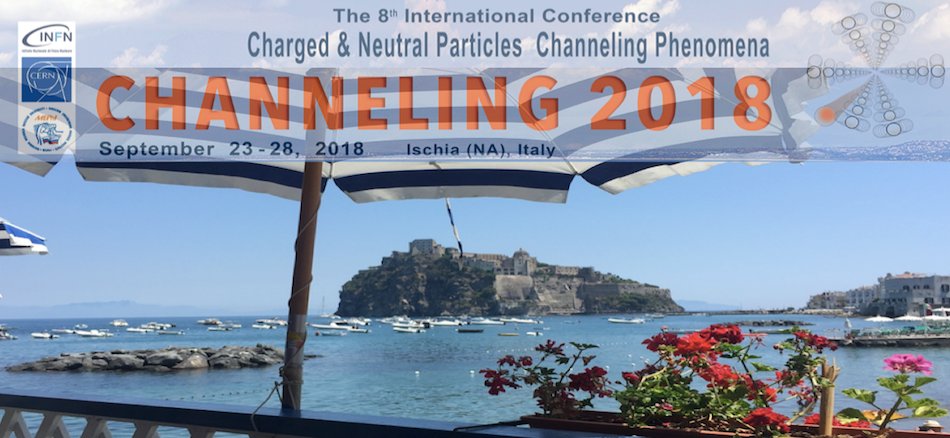Speaker
Dr
Sergiy Shulga
(aNational Science Center “Kharkiv Institute of Physics and Technology)
Description
At motion of a fast charged particle in crystal near the direction of one of main crystallographic planes, a periodical deviation of the trajectory from the initial direction is observed (channeling, over-barrier motion), that is accompanied by irradiation of the electromagnetic field quanta. If the target thickness is small compared to the radiation formation length, the spectral density of radiation is equal over entire range of photons energy. At the target thickness increase, the effect of radiation suppression takes place [1]. Here we study the possibility of experimental observation of the effect of radiation suppression and predict new accompanying effects in radiation at motion of charged GeV particles (electrons and positrons) in thin crystals. We considered the radiation of the particles moving in the field of (110) Si planes at channeling and over-barrier motion. For such conditions we obtained the dependences of the spectral density of radiation on crystal thickness, incidence angle and particle energy, being averaged over all impact parameters. The obtained results show that, if the radiation formation length is large compared to the target thickness, an observation is possible, besides the effect of radiation suppression, of the effect of periodical dependence of radiation intensity on the above-stated parameters of motion. We show that the conditions of observation of described effects are reachable on modern instrumentation and indicate approximate ranges of particles’ and photons’ energies to deal with.
[1] N.F. Shul’ga, S.P. Fomin, JETP Letters 27(2), 126-128, 1978.
Author
Dr
Sergiy Shulga
(aNational Science Center “Kharkiv Institute of Physics and Technology)
Co-author
Prof.
Nikolai Shul'ga
(National Science Center “Kharkiv Institute of Physics and Technology)

